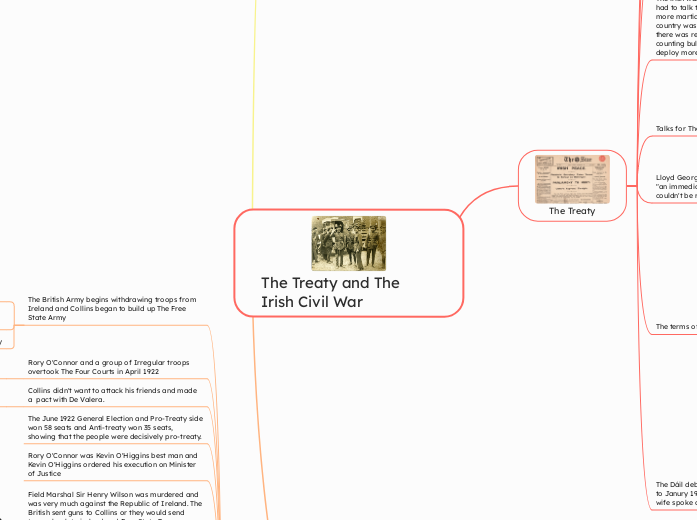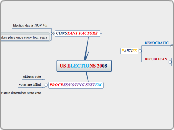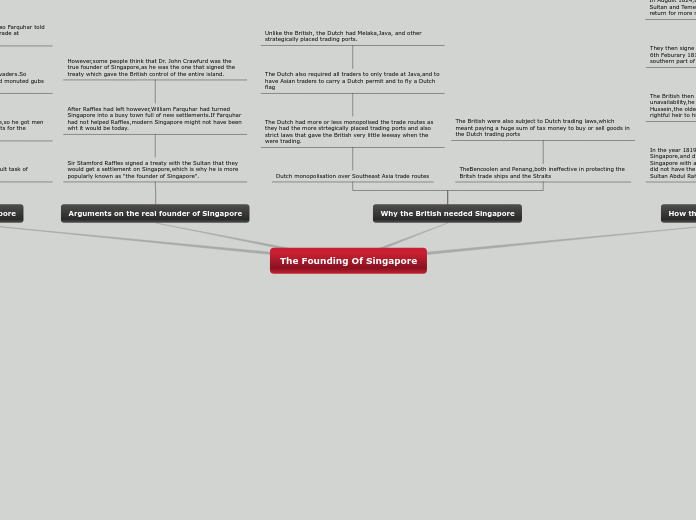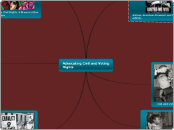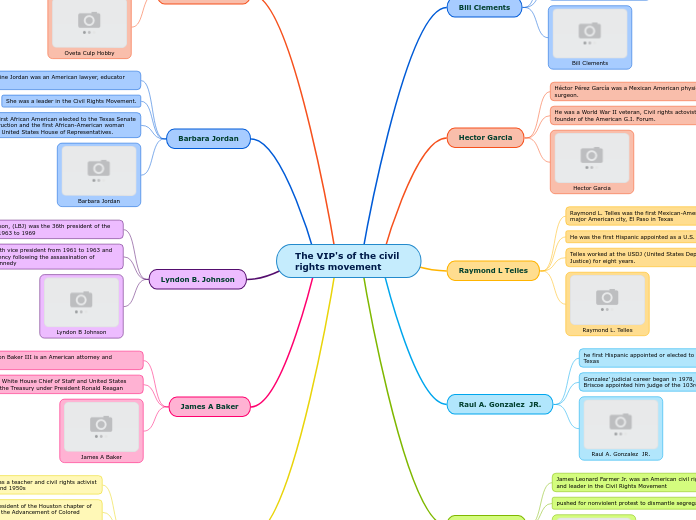The Treaty and The Irish Civil War
The Irish Civil War
24th May 1923, a ceasefire was declared, bringing the Civil War to an end.
Frank Aiken who succeeded Lynch and was supported by De Valera and asked for a ceasefire.
April 1923, Liam Lynch, Chief of Staff of the Irregular Forces was shot in the Tipperary Mountains.
12th March, five IRA prisoners were blown up in Bahaghs near Cahersiveen. The government claim the men died while clearing a mine but Republicans believed that this was a horrific war crime.
7th March at Countess Bridge, Killarney 5 Republican prisoners were blown up with another landmine. Again one survived
On 6th March 9 Republican prisoners were blown up in a land mine in Ballyseedy outside Tralee. One prisoner Sttephen Fuller survived
On 5th March 1923 five Free State Soldiers were blown up with a booby trap in Knocknagoshel.
Sean Hales TD was shot by Irregulars in Dublin. In retaliation Rory O'Connor and 3 other Irregulars were executed.
Erskine Childers was executed in November 1922 for a pistol Collins gave him.
WT Cosgrave became head of The Free State and Kevin O'Higgins became Minister For Justice and took over the free state government and adopted tougher methods.
The Dáil passed a Public Safety Bill which set up Military Courts. If you had guns you could be executed, 77 were executed throughout the Civil War.
internment-jail without trial
Collins was killed on 22nd August 1922 at Béal Na mBlath in West Cork.
Collins had huge respect from both sides. Once he died all hell broke loose.
On 12th August 1922 Arthur Griffith gets a brain haemorrhage and dies.
The Free State Army shipped troops into Cork and Fenit, Limerick and Waterford
The Munster Republic is a line that goes from Limerick to Waterford. The Anti-Treaty forces settled south of this line.
they used guerilla tactics
Collins became Commander-in chief of the free state army.
They now had 60,000 soldiers.
The War breaks out and by mid July The Anti-Treaty forces had control of Dublin County. Cathal Brugha was killed during fighting.
Brugha thought his death might stop fighting.
The Free State Army had control of Dublin City
Field Marshal Sir Henry Wilson was murdered and was very much against the Republic of Ireland. The British sent guns to Collins or they would send troops back to ireland and Free State Troops opened fire on Irregulars in The Four Courts. 28th June 1922
The start of the civil war.
it is suspected that collins ordered this shooting but it has never been proven.
Rory O'Connor was Kevin O'Higgins best man and Kevin O'Higgins ordered his execution on Minister of Justice
The June 1922 General Election and Pro-Treaty side won 58 seats and Anti-treaty won 35 seats, showing that the people were decisively pro-treaty.
Collins didn't want to attack his friends and made a pact with De Valera.
The pact broke down before the general election and De Valera endorsed the Irregulars.
Rory O'Connor and a group of Irregular troops overtook The Four Courts in April 1922
a free state general was captured and taken inside four courts.
The British Army begins withdrawing troops from Ireland and Collins began to build up The Free State Army
General Mulcahy was head of the free state army
Anti-Treaty IRA members became known as Irregulars and Republicans
This new Irish army was known as The Free State Army or Regulars
The Results of The Civil War
Sinn Féin was split and new political parties emerged. Cumman na nGaedheal (later Fine Gael) from the free state side and Fianna Fáil from the Republican side..
There was great bitterness between opposing sides lasted for decades
The economy was in a bad way.
The country lost of Ireland's best leaders like Michael Collins, Arthur Griffith, Rory O'Connor, Erskine Childers and Cathal Brugha
Hugh damage to infrastructure (roads, railways, bridges, factories had been destroyed-€38 million)
An estimated 4,000 people were killed during the 10 months of the Civil War.
The Treaty
The Dáil debated The Treaty from December 1921 to Janury 1922. Rose Gifford and Thomas Clarke's wife spoke against it.
The Dáil voted to accept the treaty 64-57 on 7th January 1922. De Valera resigned as president of the executive council
Arthur Grifith replaced De Valera.
Anti-Treaty had an issue with the oath of allegiance to the king and the fact Ireland didn't have a fully republic.
Which included De Valera, Tom Barry, Cathal brugha and Dan breen
Pro-Treaty argued that Ireland had control of its trad, army and flag which was much more than Home Rule. It was viewed as a stepping stone to Independence.
which included Richard Mulcahy, WT Cosgrave and Kevin O'Higgins
A major problem was that the delegation signed the Treaty without De Valera's approval.
The terms of the Treaty included
The British navy retained control of three Treaty ports: Berehaven in West Cork, Cobh (spike island) and Lough Swilly in County Donegal
The King had a representative called a Governor General who could any overrule Dáil Decision
The Boundary Comission would be appointed to decide the boundary between Northern Ireland and The Free State. The 6 counties stayed in the UK
All TD's would have to swear an oath of allegiance to the King of Britain
The Irish would have their own army, passports, stamps, flags, currency and control all trade and foreign policy.
26 Counties of Ireland would be The Irish Free State and Dominion of The Commonwealth but continue to be part of the British Empire and the king was the head of state.
Lloyd George threatened the Irish delegation with "an immediate and terrible war" if an agreement couldn't be reached
Talks for The Treaty took place in London.
English were David Lloyd George, Winston Churchill, Lord Burkenhead and Austin Chamberlain.
Cathal Brugha and Austin Stack refused to go.
The Irish delegation was Michael Collins, Arthur Griffith, Robert Barton as ministers Erskine Childers as secretary and George Gavan Duffy and Eamon Duggan were lawyers.
They were plenipotentiary
The irish wanted peace because they eventually had to talk to britain. Britain was implementing more martial law and gaining the upper hand. The country was in a state of economic collapse and there was real hardship. The IRA was down to counting bullets and Britain was prepared to deploy more men.
The British wanted the truce because they viewed the alternative to a truce was a deployment of men and material which dwarfed existing arrangments.
King George V called for peace as he opened the parliament for Ulster in Belfast on June 22nd.
The financial and political cost of such a policy was simply too great without exploring other options.
Bad publicity in British + World Press
It marked the end of 2 and a half years of fighting between Crown and Republican forces and the beginning of 5 months of negotiations between The British Government and The Dáil.
After the Custom House disaster a truce is called between Britain and Ireland on Monday 11th July 1921 having been agreed 2 days earlier.
